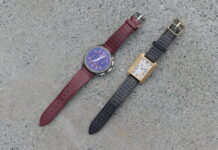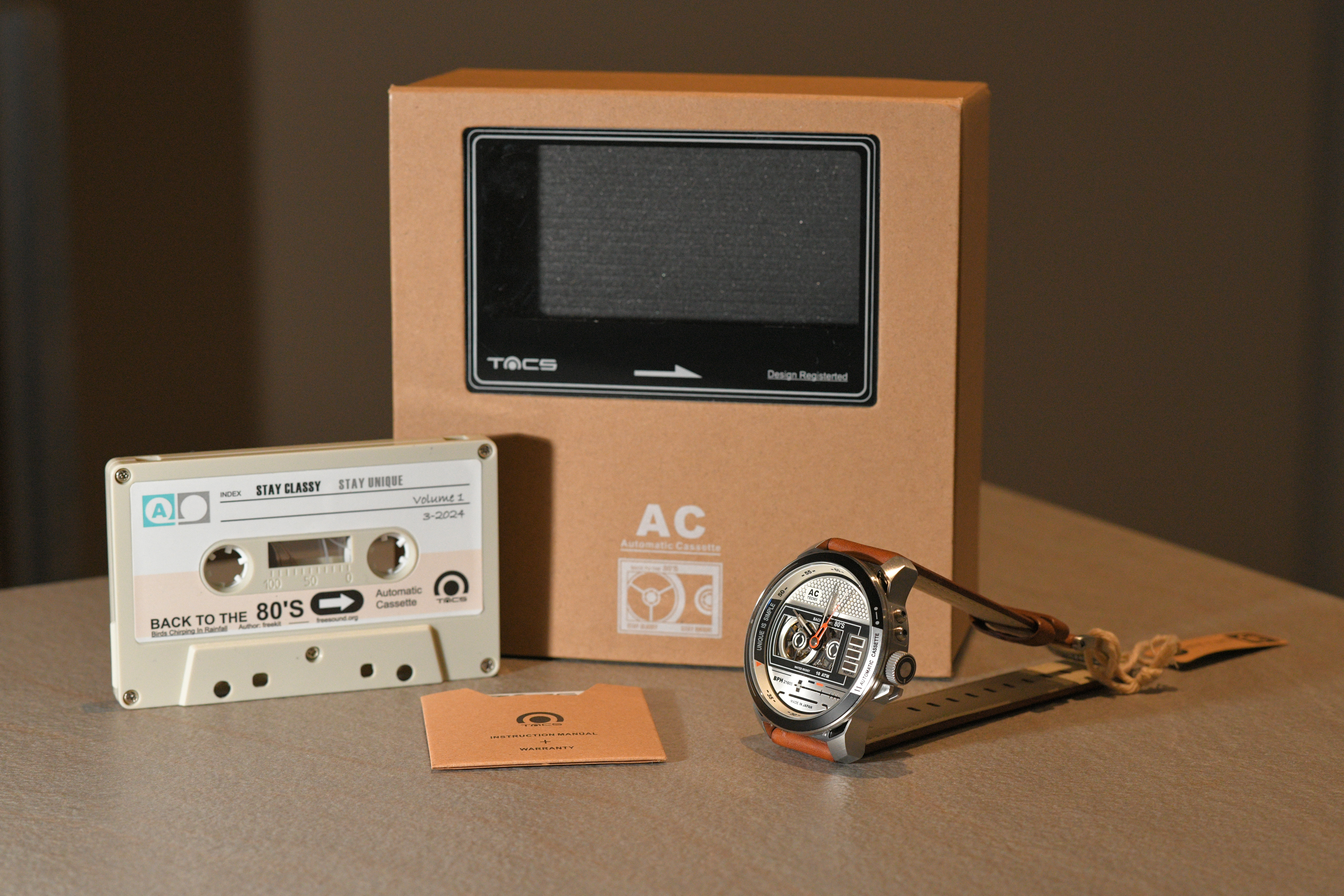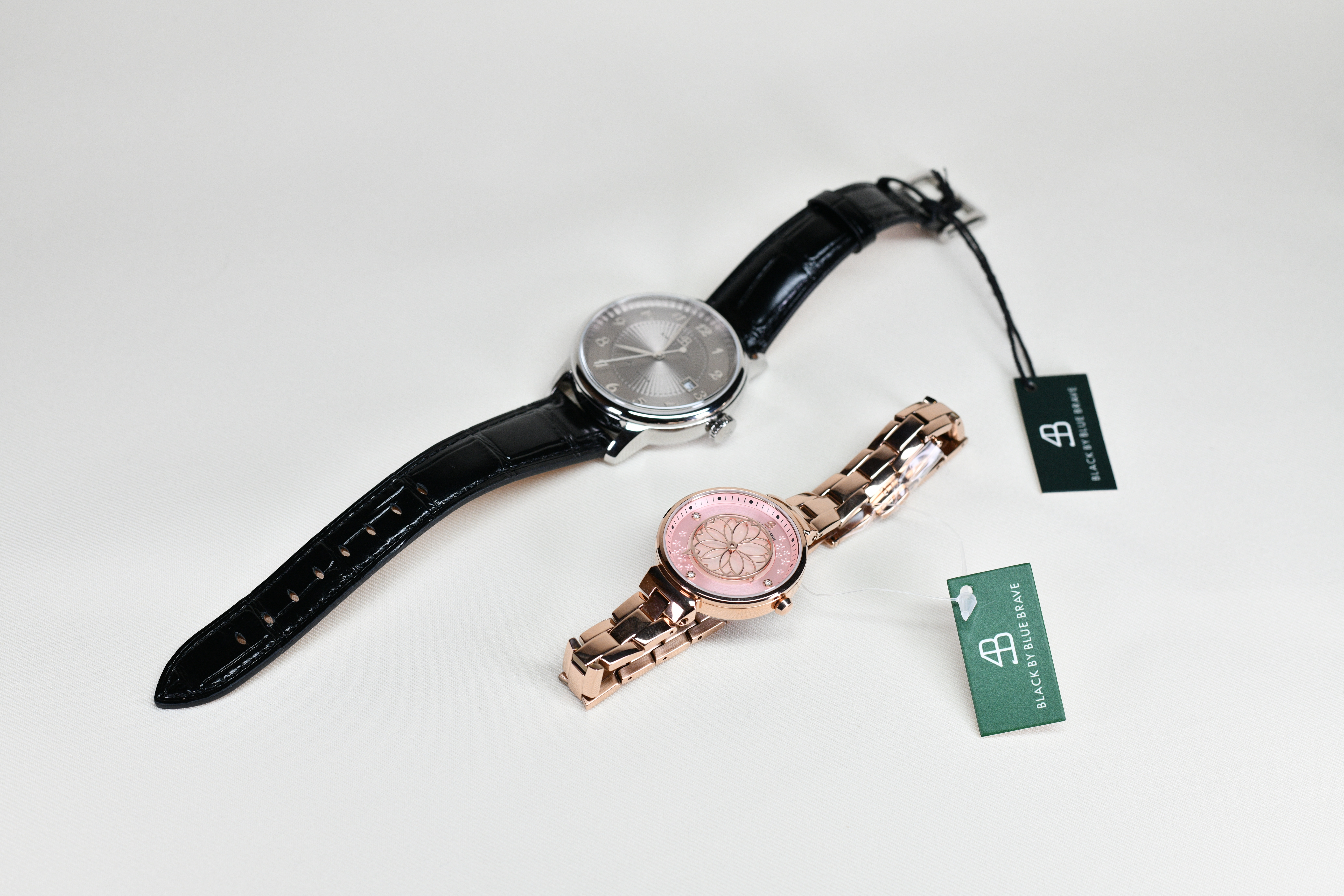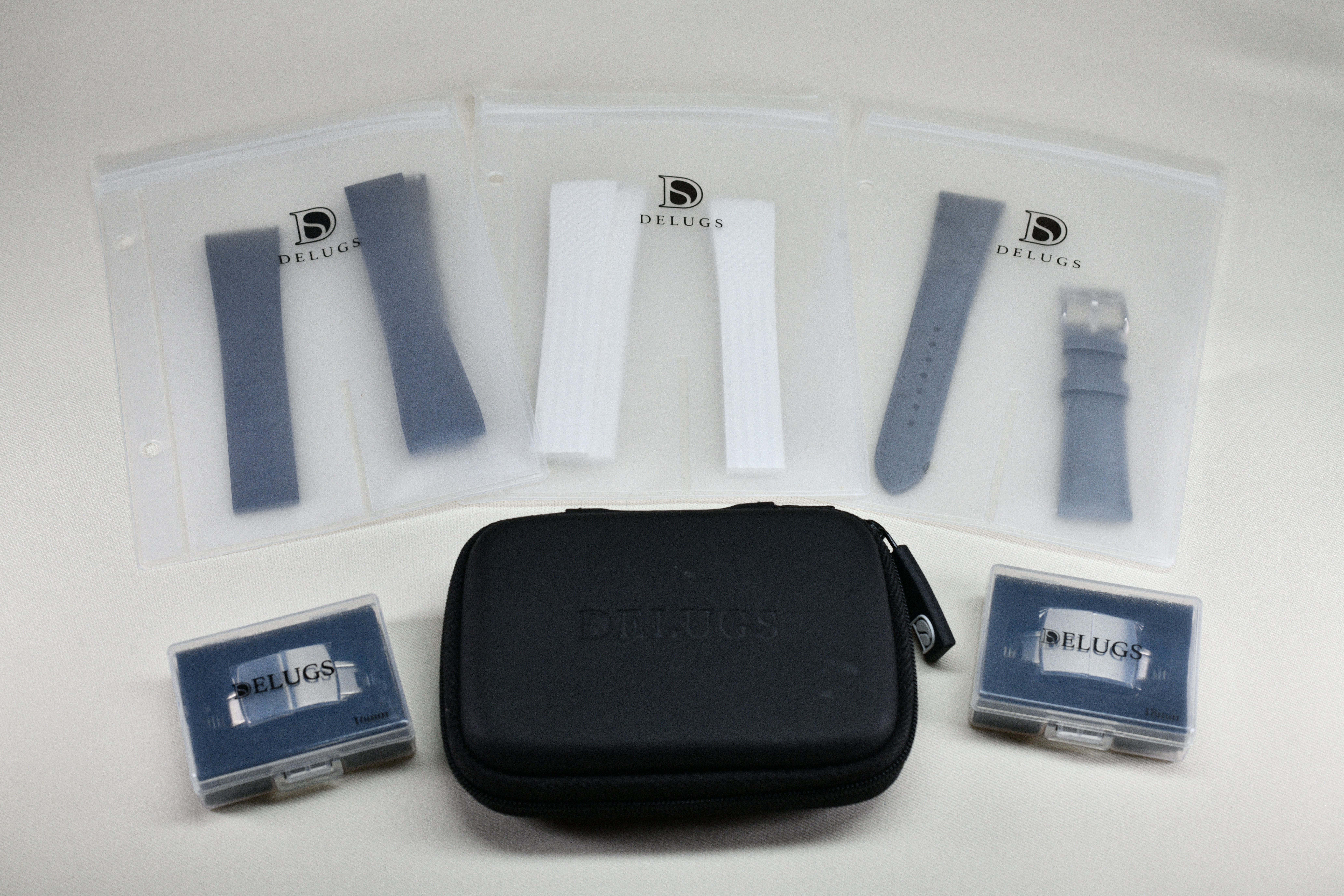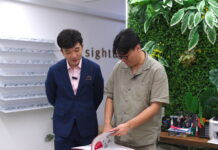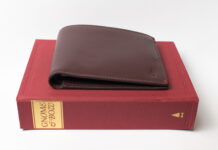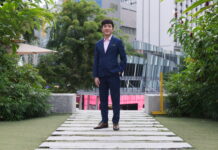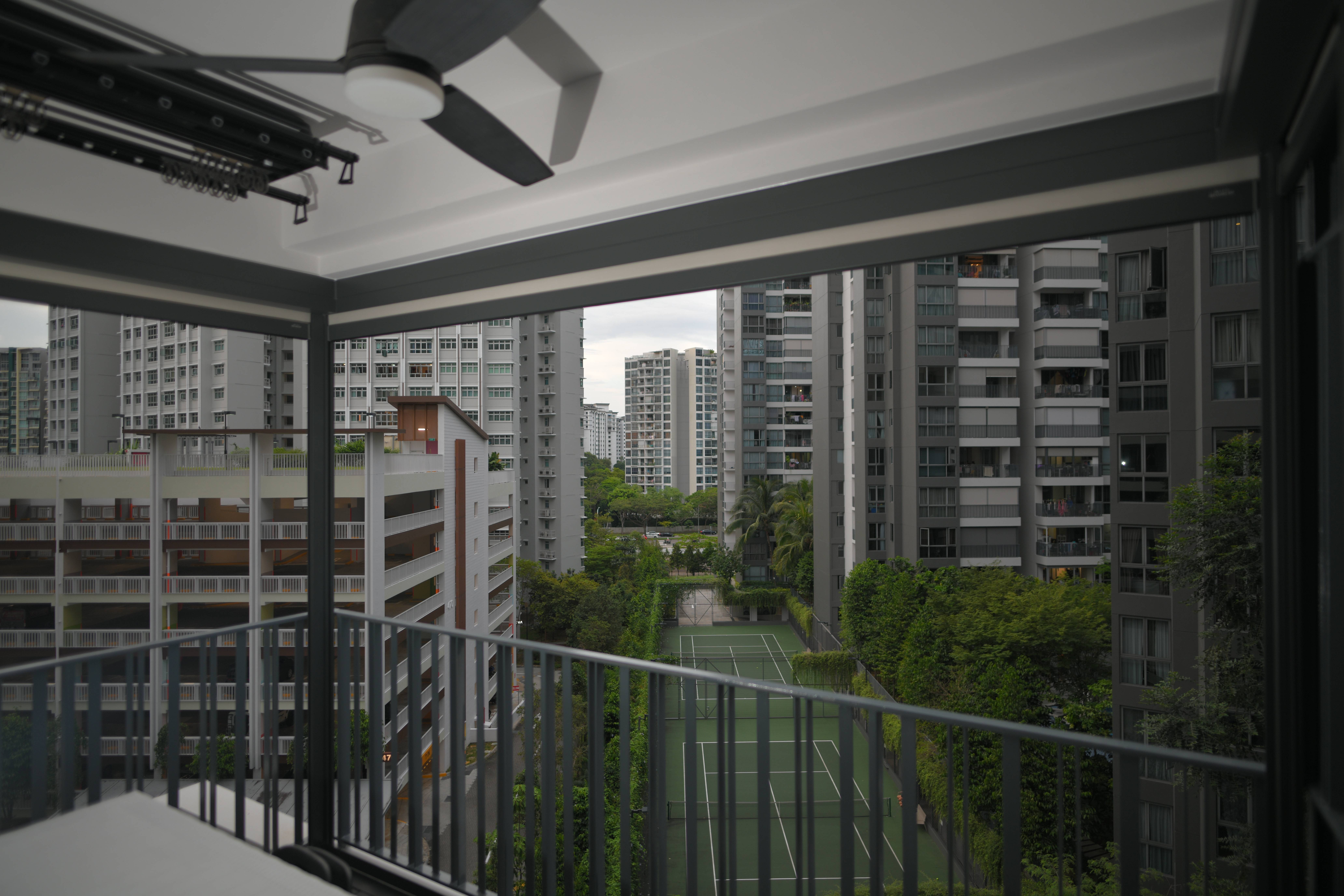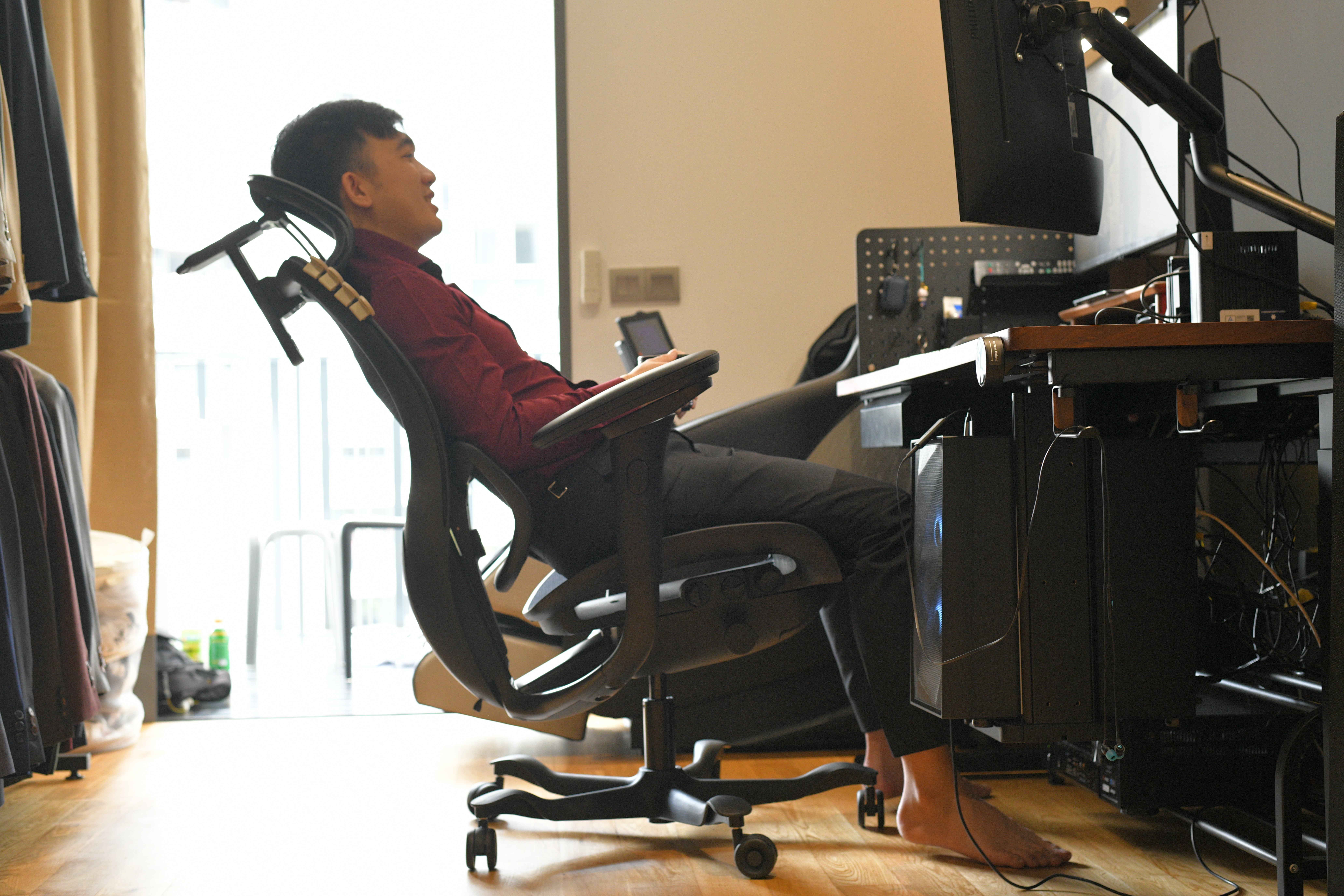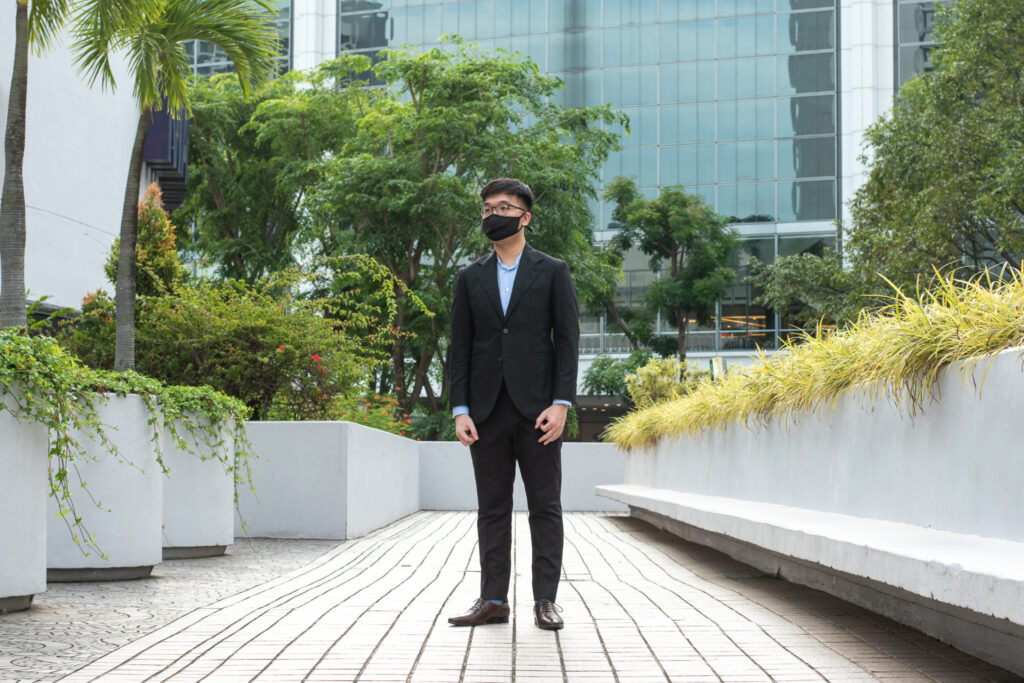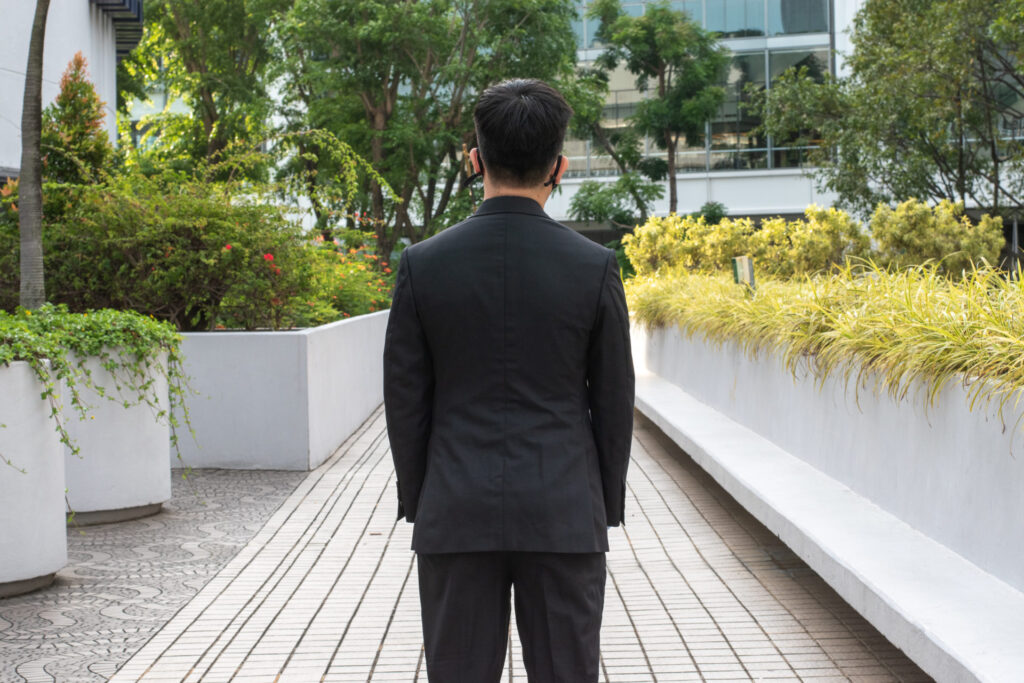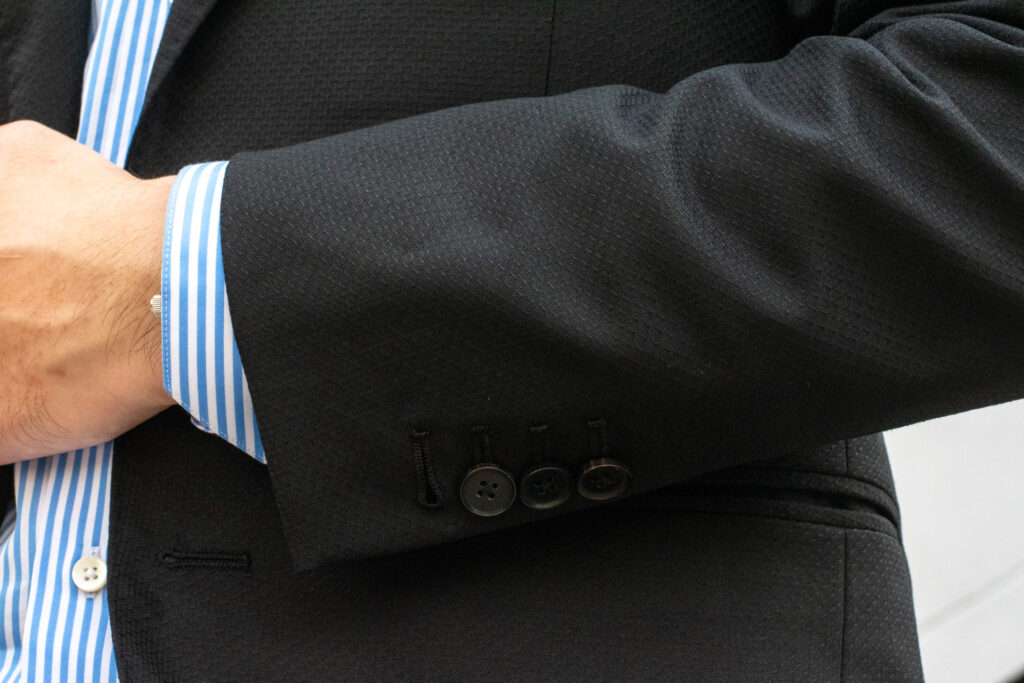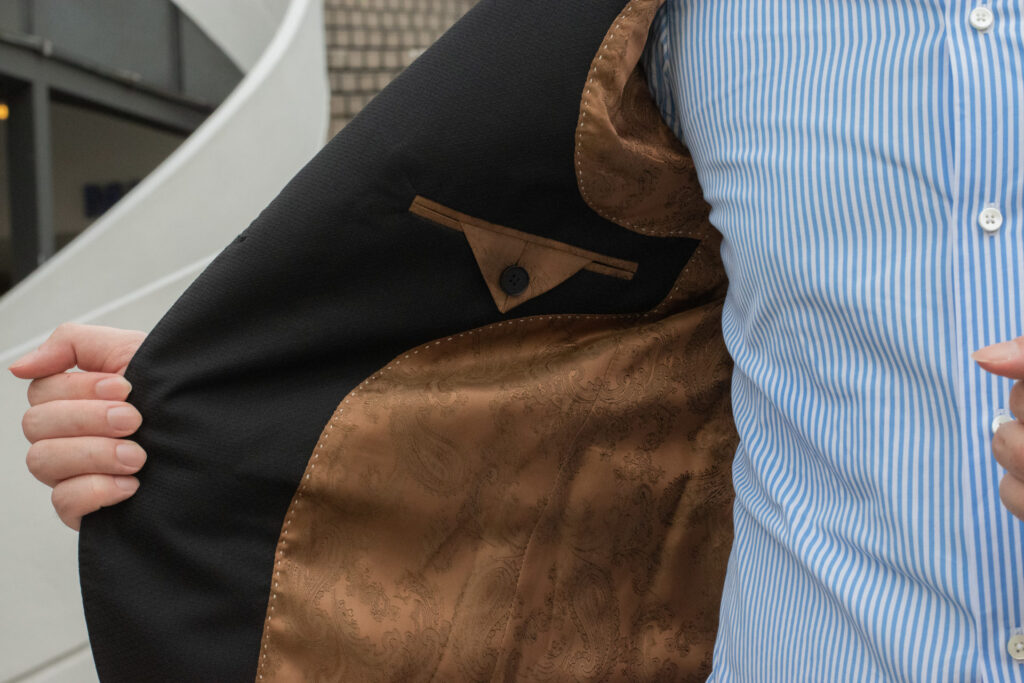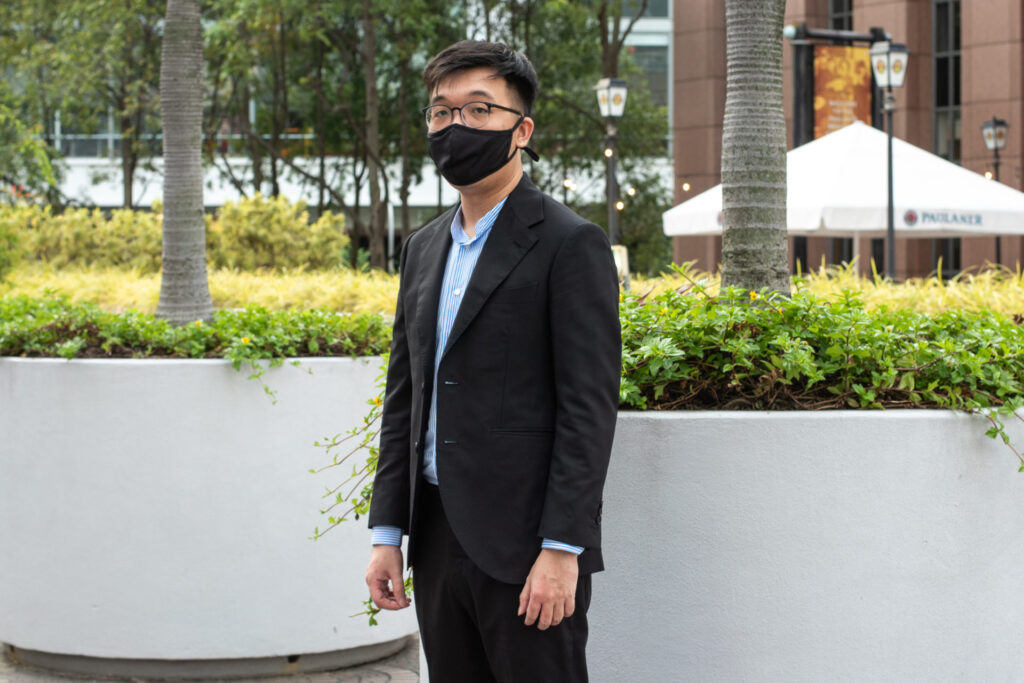Hello everyone, and welcome back to another Singaporean review! On this shiok Sunday, I’m reviewing a new suit that I commissioned from Hwa Seng Textiles.
I’ve done a suit with Hwa Seng before, but that was over 3 years ago. To say that a lot has changed since then is an understatement, so I decided to pop by their showroom when Phase 2 commenced to see how they were doing. One thing led to another, and I eventually decided to do a suit from one of Hwa Seng’s newer fabrics. Let’s see how the suit turned out!
Hwa Seng Textiles – Video
For those interested in seeing some hands-on footage of the suit, do check out the Youtube video below!
Hwa Seng Textiles – the Brand
I’ve previously chronicled my tailoring experience – in detail – with Hwa Seng Textiles here. If you’re interested to see how the process of tailoring garments at Hwa Seng is like, do check out the above article.
I’ve reviewed the fit and workmanship of the resulting suit here. Hwa Seng currently also offers custom-made jeans – pretty popular nowadays, with the pandemic accelerating the casual trend of menswear – which I covered here.
Hwa Seng Textiles – the Fit
In my first visit to Hwa Seng, I wrote at length about their detailed fitting process, which included several rounds of baste fitting. That remains the same, and I’m pleased to report that the fit is as good, if not even better than the previous suit.
From the front, the shoulders are well done – they lie neatly, without any visible wrinkling or bunching. This is critical, as bad fitting shoulders are almost impossible to alter. Secondly, the tightness of the jacket is close-fitting but not overly tight – one doesn’t see the dreaded ‘x’, nor is the shirt underneath exposed. Thirdly, one can see some slight tapering around the waist, giving the wearer a bit of a slimming effect. The jacket is of just the right length too, with it ending near the middle of my palm. Lastly, I don’t see the presence of the dreaded shoulder divots here – one of the cardinal sins of tailoring, in my opinion.
The sleeve pitch is good too. For the most part, the sleeves drape naturally, and one doesn’t see much wrinkling throughout. In terms of length, the jacket sleeve ends right before my wrist-bone, revealing about half an inch of the shirt cuff.
In my previous review, I criticized the fit of the back. Here, the fit of the back is much improved, especially when comparing the upper back portion. However, there are still some wrinkles on my lower back, where I have a concaved spine. I would say that the fit of the back here is good, but not perfect.
Given the black suit and Hwa Seng’s reputation as being a more “traditional” tailor, I decided to go for a half-break length for the trousers. The result is a more conventional but still clean look, with a nice drape to the trousers.
Overall, I’m happy with the fit of my Hwa Seng suit, which was even better than the first one. I think the above photo shows how clean the fit is – the shoulders lie flat, the sleeves drape cleanly, and the trousers are of the optimal length. Hwa Seng’s strengths have always laid with their fit and craftsmanship, and after trying out literally dozens of different tailors to date I can safely say that their experience has definitely shown here.
Hwa Seng Textiles – the Suit
I once wrote that you should avoid getting a black suit, but the fact remains that black is one of the most popular suit colours locally. A part of it is due to work – some professions such as lawyers, property agents, bankers, etc require a black suit – while another aspect is that our society is simply more conservative stylistically. As such, I decided to get a black suit from Hwa Seng Textiles in a bid to show you guys how a black suit can still be fashionable and contemporary.
For one, the black fabric – from Hwa Seng’s in-house Italian Guabello fabric series – actually has a honeycomb texture to it. It’s subtle – from afar, it appears like a regular solid black suit, with the texture only revealing itself upon closer inspection. It’s definitely an interesting fabric, yet remaining stylistically traditional.
Another way to subtly stand out is by having wider lapels, which gives the wearer a greater air of authority. Little details also make a visual difference, such as the pic-stitching (usually done by hand) that adorns the edges of the lapels, as well as the curved Barchetta pocket. These are small differences that will set your black suit apart from the usual black G2000/Benjamin Barker suits, or those from cheaper tailors. I should also point out that the pic stitching and Barchetta pocket are recent inclusions – they weren’t included when I did my first HST suit back in early 2018.
All suits from Hwa Seng Textiles are full canvassed, therefore resulting in a nice lapel roll. The lapel roll is evident, but not ostentatious, as I’ve noticed with suits from some of the younger tailors. The presence of the lapel roll adds an additional layer of visual depth to the suit, and further differentiates it from off-the-rack suits that mainly have flat lapels due to their fused construction.
While there are many younger tailors that claim to be offering full-canvassed suits at a much lower price point, those claims are often untrue. The only surefire way to tell if a suit is truly hand-canvassed (apart from cutting it up) is to check the underside of the lapel. A key indicator of a hand canvassed suit would be the presence of visible stitches (or “dimples”) on the underside of the lapel, as shown above.
Hwa Seng also shanks their buttons by hand, which provides the fabric space to drape in when buttoned. This increases the lifespan of the buttons, meaning that you don’t have to worry about your button dropping off anytime soon.
On the topic of the buttons, genuine horn buttons are available at Hwa Seng, and that was what I opted for. Genuine horn buttons, as compared to cheaper plastic “faux-horn” ones, possesses a greater richness, and a unique look – no two genuine buttons look the same. They also provide a nice subtle juxtaposition against the black fabric, resulting in a more sophisticated look as compared to having black buttons on a black suit which is usually the case with most off-the-rack suits.
Furthermore, the buttonholes are actually functional here – as they should be on all bespoke suits. While functional buttonholes serve little functional purposes, like pic stitching it is often a sign of a well-made suit, showing an attention to detail and craftsmanship. The buttonholes are cleanly cut too.
In my first HST suit, I went for gold paisley lining on the inside. For the sake of continuation, I decided to opt for a similar lining on my second suit. Furthermore, I found the black and gold colour combination to work pretty well here, adding a bit of flair to an otherwise more formal suit. I like the triangular pocket flap as well – it’s an unusual but intriguing touch.
Speaking of linings and pockets, the same golden paisley lining adorns the flaps of the suit’s two external pockets. Interestingly, the pocket itself is lined with a different fabric, thus creating a nice contrast between the two designs.
The suit jacket features a half-lined construction, which is perfect for Singapore’s devilish hot climate due to its breathability. Despite utilizing less fabric, a half-lined jacket typically costs more due to the additional effort it takes. In a half-lined jacket, the inside seams have to be finished as well, which is additional effort a tailor has to put in as now there’s no lining hiding the less-than-pretty stitching going on inside the jacket. As such, it is pretty uncommon to find half-lined jackets off-the-rack, and is generally something only custom tailoring can offer.
For the trousers, I decided to stick to my trusty combination of opting for side-adjusters and an extended waistband. I would say it’s my go-to look for trousers currently – I just love how sleek and classic the combination looks.
I stand by what I said previously. If you’re planning on getting your first suit, don’t opt for a black one. Go for a navy or a grey suit instead – they are much more versatile stylistically. However, if you must get a black suit – probably for work – then I hope I’ve shown you a few ways in which you can stand out from your fellow colleagues-in-black. And if you have never been to a tailor before, Hwa Seng Textiles is a definite safe bet, a perfect starting point for your sartorial journey.
Conclusion – so Hwa Seng Textiles “shiok” or not?
The short answer is yes. Hwa Seng Textiles has been around for over 60 years, and that expertise is evident in their custom garments. The fit is good, the workmanship is great, and the experience of getting tailored there is simply delightful. When I chronicled my first visit to HST, I wrote that Hwa Seng is the closest you can get to a Saville Row experience at under S$1000, and that has remained true. The only caveat is that the Hwa Seng’s styling remains more on the traditional side of the spectrum – those looking for a runway look may not find it there. Nevertheless, if you’re simply looking for an affordable, well-made suit – for work, wedding, etc – that will last you for decades, you should definitely give Hwa Seng a try.
For those interested in commissioning from Hwa Seng Textiles, I’m glad to announce that readers can enjoy an exclusive 10% discount on all products. After the discount, a 2-piece fully canvassed mixed-wool suit from HST would start at just $855. This specific suit (crafted from one of Hwa Seng’s Guabello Italian house fabrics) costs $1500, though readers can get it at a promotional price of $1300, valid till the end of the year. Simply quote “WAHSOSHIOK” whilst booking your appointment or flash this post when at the showroom to enjoy the discount.
Hwa Seng Textiles’ location:
#07-12 Gemini@Sims
No 2 Sims Close
Singapore 387298
Mon to Sat: 11am – 7pm
Closed on Sundays and Public Holidays
P.S Do check out the new “Discounts!” page for exclusive discounts for Wahsoshiok readers! More brands will be added very soon – stay tuned!
P.S.S If you haven’t already, do follow my social media channels on Facebook here, and on Instagram here!
P.S.S.S Shiok is a common word Singaporeans use to express admiration or approval. As of 2016, you can find the definition of the word in the Oxford English Dictionary.

